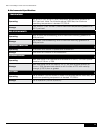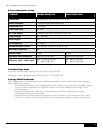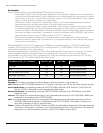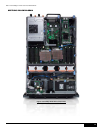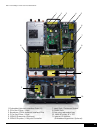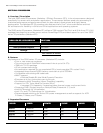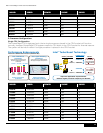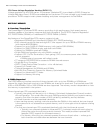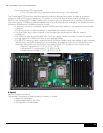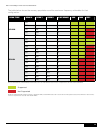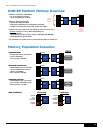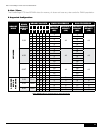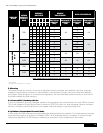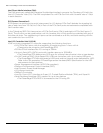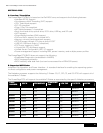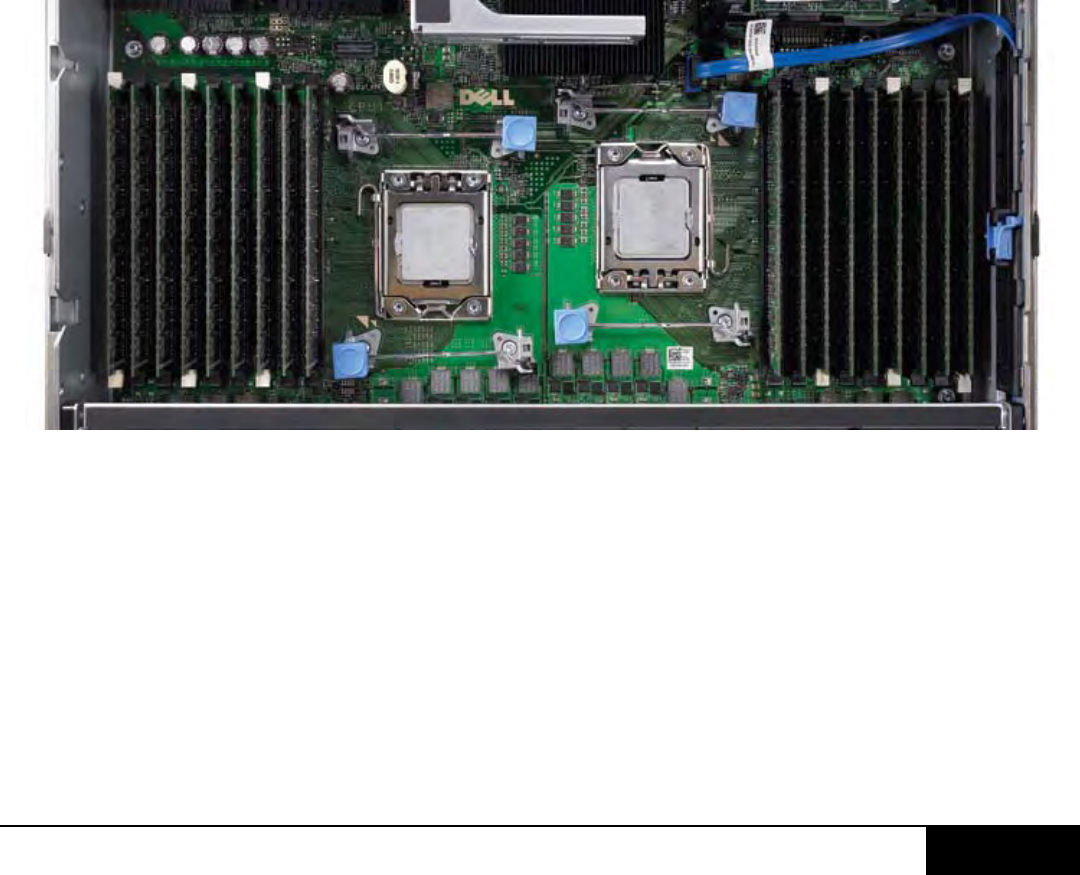
Dell™ PowerEdge™ R710 Technical Guidebook
24
•OnechannelperCPUpopulated:
•ThisisasimpleMemoryOptimizedmode.Mirroringisnotsupported.
The PowerEdge R710 memory interface supports memory demand and patrol scrubbing, single-bit
correction and multi-bit error detection. Correction of a x4 or x8 device failure is also possible with
SDDC in the Advanced ECC mode. Additionally, correction of a x4 device failure is possible in the Memory
Optimized mode. If DIMMs of dierent speeds are mixed, all channels will operate at the fastest common
frequency. RDIMMs and UDIMMs cannot be mixed.
•Ifmemorymirroringisenabled,identicalDIMMsmustbeinstalledinthesameslotsacrossboth
channels.
•Thethirdchannelofeachprocessorisunavailableformemorymirroring.
•TherstDIMMslotineachchanneliscolor-codedwithwhiteejectiontabsforeaseof
installation.
•TheDIMMsocketsareplaced450mils(11.43mm)apart,center-to-centerinordertoprovide
enough space for sucient airflow to cool stacked DIMMs.
•ThePER710memorysystemsupportsupto18DIMMs.DIMMsmustbeinstalledineachchannel
starting with the DIMM farthest from the processor. Population order will be identified by the
silkscreen designator and the System Information Label (SIL) located on the chassis cover.
•MemoryOptimized:{1,2,3},{4,5,6},{7,8,9}
•AdvancedECCorMirrored:{2,3},{5,6},{8,9}
•QuadRankorUDIMM:{1,2,3},{4,5,6},{7,8,9}
C. Speed
Memory Speed Limitations
The memory frequency is determined by a variety of inputs:
•SpeedoftheDIMMs
•SpeedsupportedbytheCPU
•CongurationoftheDIMMs



